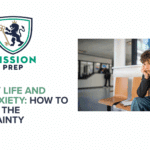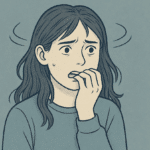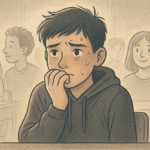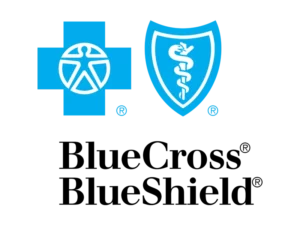Lorazepam (Ativan) Anxiety Medication for Teenagers: Uses & Side Effects

Anxiety can be overwhelming and disrupt every aspect of a teen’s daily life. This is especially true if they’re experiencing severe anxiety symptoms and anxiety attacks.
Anxiety is typically managed through therapy and “first line” medications, such as SSRIs. Yet, when anxiety becomes too hard to control, it might be time to explore medications like lorazepam, also known by the brand name “Ativan.”
If you’re considering Ativan to treat anxiety in a teenager, it’s important to know how this medication works, whether or not it’s right for your child, and how it compares to other medications. Mission Prep can talk you and your child through each of these steps, as well as alternative approaches to medication if suitable. This article can also work as a useful guide, as it discusses:
- What lorazepam is and how it works for treating anxiety
- How long it takes for Ativan to work
- The lorazepam dosage and administration guidelines for teens
- Potential lorazepam side effects in teens
- Stopping lorazepam safely in teens
- Signs of a lorazepam overdose
- Alternatives to lorazepam for teen anxiety
- Where to find professional support for using lorazepam for treating anxiety in teens
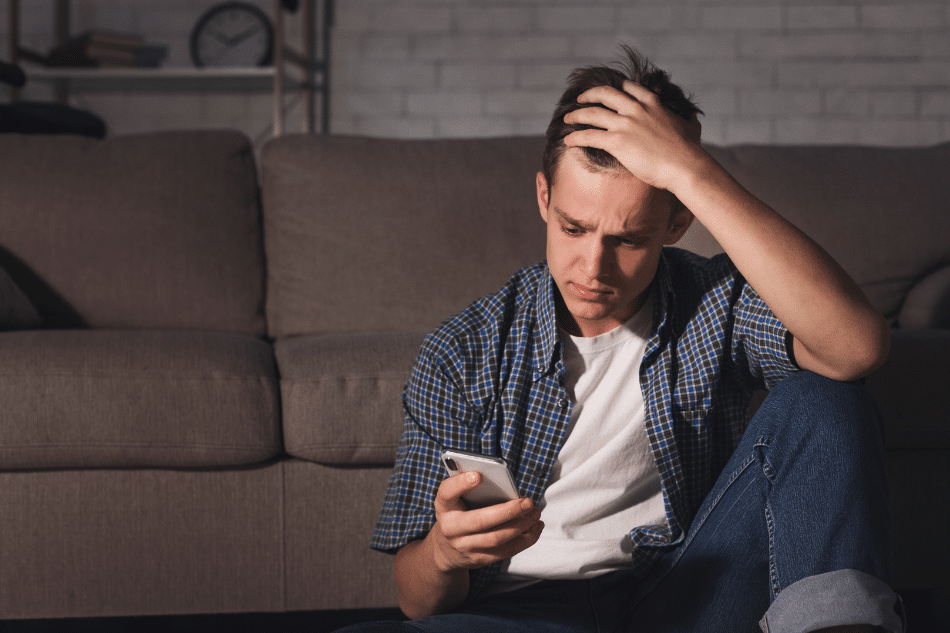
What Is Lorazepam and How Does it Work?
Lorazepam belongs to a class of drugs called benzodiazepines. These medications work by acting on the central nervous system (CNS).1 The CNS is responsible for regulating many important functions in the body, including emotions, thoughts, and physical sensations. Whenever you feel a fight or flight response, anxiety symptoms, or stress, that’s all the work of the CNS.2
CNS depressants like lorazepam enhance a neurotransmitter in the brain called gamma-aminobutyric acid (GABA).3 GABA reduces overactivity in the brain, creating a calming effect. Essentially, lorazepam slows brain activity, which can help reduce intense feelings of anxiety you might feel, including fear, worry, and panic.
Some of the reasons a doctor might prescribe Ativan include:4
- Insomnia
- Panic disorder
- Generalized anxiety
- To reduce anxiety before surgery
Whether you’re planning on using Ativan for stress management in teens or to manage insomnia it’s important to understand how this medication works and talk to your doctor. Ativan isn’t your typical anti-anxiety medication. While it can be helpful for panic attacks and severe anxiety, it can come with some drawbacks – which we’ll discuss later in this article.
How Long Does It Take for Ativan to Work?
Unlike some anxiety medications that take weeks to show effects, like SSRIs and SNRIs, lorazepam works rapidly. For instance, a teen could feel the effects between 20-30 minutes after taking this medication, depending on how much they take and if they’re used to it or not.5
Its fast-acting time makes Ativan for short-term anxiety relief in teens a useful short-term solution for panic attacks. But, instead of just relying on Ativan, it’s also good to find other ways to manage anxiety, like trying therapy or using grounding techniques.
Additionally, because Ativan is so powerful, it also means you’ll want to follow the dosage guidelines from your doctor carefully. Let’s quickly discuss the general guidelines for this next.
Lorazepam Dosage for Teens and Administration Guidelines
- Tablets of 0.5 mg, 1 mg, and 2 mg
- Oral concentrate solution of 2 mg
- Extended-release capsules of 1 mg, 2 mg, and 3 mg
It’s good to be aware that lorazepam is typically used for children older than 12 years old. If your child is younger than this, you’ll need to confirm whether or not this medication is the right choice for them.
If a provider confirms that lorazepam is suitable for a teen they may prescribe dosages such as the following for teen anxiety:7
- Anxiety disorder: For lorazepam for generalized anxiety disorder in teens, a doctor might start with 2 to 3 mg orally, 2 to 3 times daily. The recommended daily dosage shouldn’t go past 10 mg.
- Insomnia due to anxiety or stress: A doctor may prescribe 0.5 to 2 mg orally at bedtime for teens.
These numbers are just guidelines and might not be exactly what your child receives. A doctor determines lorazepam dosage for teens depending on different factors. These include how severe a teen’s symptoms of anxiety are, their age, weight, and how they react to the medication.
Like other anti-anxiety medications, your teen’s doctor will want to start with a lower dose to see if it helps get rid of their anxiety symptoms. They can then move up or down depending on how they react to the medication. Different doses are also used depending on what the medication is needed for.
Potential Lorazepam Side Effects and Risks
While Lorazepam can be highly effective in alleviating anxiety, like all medications, it comes with a range of potential side effects. These can be mild or severe, depending on how a teen reacts to the drug.
Some of the more mild lorazepam side effects in teens can include:8
- Drowsiness
- Dizziness or lightheadedness
- Fatigue
- Difficulty concentrating
- Confusion
- Low blood pressure
- Constipation
Lorazepam and appetite changes in teens have also been reported. Fortunately, these side effects are usually tolerable, especially since most people don’t use Ativan for more than four weeks. However, there are also some potentially serious risks of lorazepam use in adolescents, including:9
- Seizures
- Suicidal thoughts
- High heart rate
- High blood pressure
- Fainting, also known as “syncope”
If you notice any of these signs, it’s important to consult your healthcare provider right away. They can either switch your medications, give you different options, or change the dosage of Ativan. If you’re concerned about your child’s immediate well-being, calling 911 or taking them to your local emergency room is the best course of action.
Stopping Lorazepam Safely in Teens: Should I Stop Taking Ativan?
Lorazepam withdrawal symptoms in adolescents can be very serious and even life-threatening. If you’re taking any benzodiazepine, including Ativan, you could experience everything from insomnia to seizures. Lorazepam and sleep disturbances in teenagers are one thing. But, suddenly stopping lorazepam can lead to:10
- Irritability
- Increased tension and anxiety
- Panic attacks
- Hand tremors
- Sweating
- Nausea
- Palpitations
- Seizures
- Psychotic reactions
If your child is experiencing these symptoms while trying to stop taking Ativan, it’s important to seek medical attention immediately. Stopping lorazepam safely in teens needs to be done with help from a professional. Your doctor will want to gradually taper off lorazepam to prevent these withdrawal symptoms.
Signs of a Lorazepam Overdose
One of the biggest risks of benzodiazepines is overdose, especially if it’s combined with alcohol or other medications like opioids or CNS depressants. As a parent, it’s important to be aware of the signs of a lorazepam overdose in a teen. These include:11
- Extreme drowsiness or lethargy
- Slow or shallow breathing
- Confusion or unresponsiveness
- Loss of consciousness
- Blurred vision
- Increased sweating
- Slow or irregular heartbeat
If any of these symptoms occur, seek emergency medical attention immediately. It’s always better to be honest about how Ativan has been used rather than to withhold information, as it can help healthcare providers determine the best course of action.
Risks of Lorazepam Use in Adolescents: Precautions and Contraindications
Certain pre-existing conditions or factors can make lorazepam inappropriate for use in teenagers. Parents should inform healthcare providers of any of the following:
- Respiratory issues like sleep apnea or asthma
- Liver or kidney disease
- Risky behaviors
- Pregnancy (lorazepam can affect fetal development)
- Breathing or chest problems
- Previous thoughts or feelings of depression
Additionally, lorazepam is not a long-term solution for anxiety. Benzodiazepines are typically prescribed for short-term use due to their risk of dependence and tolerance. While Ativan for treating teen panic attacks can be a good short-term solution, it’s not suitable for treating the underlying causes of panic disorder or severe anxiety.
Alternatives to Lorazepam for Teen Anxiety
Not all parents or teens will want to use lorazepam for social anxiety in adolescents or for other long-term issues. In addition, if you have other mental health problems like depression or PTSD, you might want to try alternative treatment options first to get to the root of the problem. Some alternative options to benzodiazepines like Ativan can include the following.
SSRIs
Selective serotonin reuptake inhibitors (SSRIs) are a type of antidepressant medication that can also be used to treat anxiety. They work by increasing levels of serotonin in the brain, which is a chemical responsible for regulating mood and emotions.
Some commonly prescribed SSRIs include fluoxetine (Prozac), sertraline (Zoloft), and escitalopram (Lexapro). These medications have been found to be effective in treating social anxiety disorder in adolescents, with the possibility of manageable side effects.
SNRIs
Serotonin and norepinephrine reuptake inhibitors (SNRIs) are another type of antidepressant commonly used to treat anxiety disorders. Similar to SSRIs, they work by increasing levels of serotonin in the brain, but they also target norepinephrine.
Some commonly prescribed SNRIs include venlafaxine (Effexor), duloxetine (Cymbalta), and desvenlafaxine (Pristiq). As with any medication, it is important to discuss potential side effects with your doctor before starting treatment.
Cognitive-Behavioral Therapy
Cognitive-behavioral therapy, or CBT for teens, is often the first treatment doctors recommend for issues like insomnia, panic disorder, and generalized anxiety. CBT for teens can be incredibly helpful, teaching them ways to reframe negative thoughts and develop coping strategies for managing anxiety.
In CBT, a teen works with a therapist to identify and change unhelpful patterns of thinking or behavior that may be contributing to their anxiety. This can involve learning relaxation techniques, such as deep breathing or progressive muscle relaxation, and challenging negative thoughts and replacing them with more realistic and helpful ones.
Mindfulness and Meditation
If a teen is living with chronic anxiety and constant panic attacks, practicing mindfulness and meditation can help manage their symptoms. Mindfulness is the practice of being present in the moment, without judgment or attachment to thoughts or feelings. It can help teens become more aware of anxious thoughts and physical symptoms and learn to accept them without reacting to them.
Mission Prep: Professional Support for Teen Anxiety
Medication alone rarely addresses the root cause of anxiety. Even if lorazepam is helping manage a teen’s anxiety symptoms, they’ll still need to learn how to manage them on their own after stopping medication. Therapy allows teens to address the underlying triggers of their anxiety while giving them tools they can use for life, even after medication is tapered off.
Cognitive behavioral therapy (CBT), for instance, is highly effective in helping teens develop coping mechanisms and challenge negative thought patterns. Other treatments, like Dialectical Behavior Therapy (DBT), can help teens learn to regulate their emotions.
Additionally, depending on a teen’s needs, therapy can be delivered in a format that suits them. For instance, inpatient mental health treatment, outpatient therapy, or even telehealth services can ensure treatment is catered to their schedule and symptoms. The more flexible and accessible therapy is, the more likely a teen will stick with it and see positive results.
Discover How to Use Lorazepam and Treat Anxiety Effectively
Lorazepam (Ativan) can be a powerful tool for managing severe anxiety in teenagers, but it should always be used responsibly and as part of a larger treatment plan. From understanding dosage guidelines to recognizing risks and exploring alternative treatments, taking medications for anxiety is a big decision.
At Mission Prep, we’re here with you every step of the way to help you make the best choices for your teen’s future.
We offer mental health treatment in Virginia and California, including inpatient, outpatient, and intensive outpatient programs. No matter how severe a teen’s mental health issues are, our team of licensed professionals will work with them to find the best course of treatment. From CBT to mindfulness, 24/7 support, and more, we have a wide range of evidence-based therapies to help teens heal and thrive.
Call us today to learn more about our programs and how we can help teens on their journey to mental wellness.
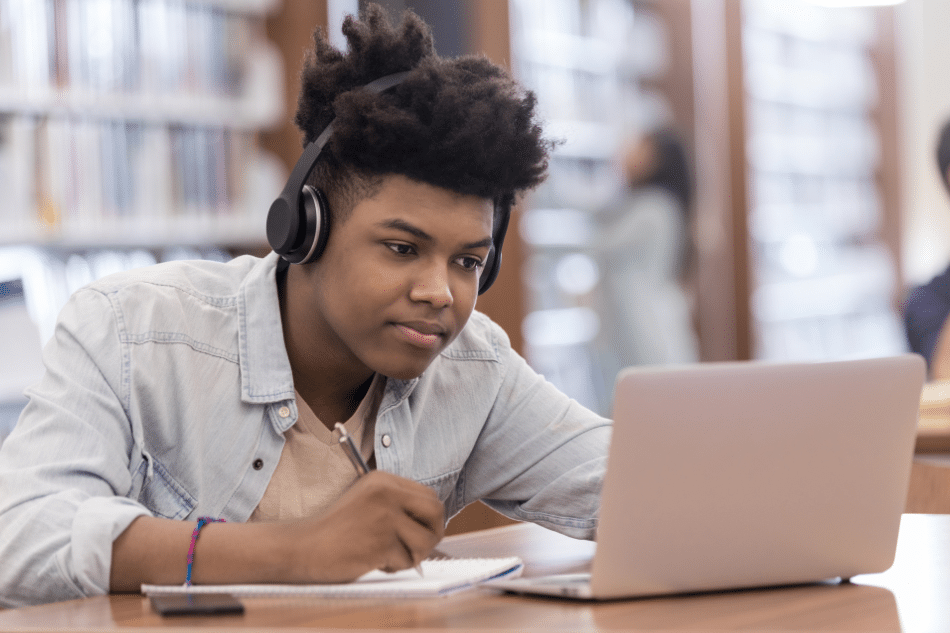
References
1. Bounds, C. G., & Patel, P. (2024, January 30). Benzodiazepines. StatPearls – NCBI Bookshelf. https://www.ncbi.nlm.nih.gov/books/NBK470159/
2. Pfaff, D. W., Martin, E. M., & Ribeiro, A. C. (2007). Relations between mechanisms of CNS arousal and mechanisms of stress. Stress, 10(4), 316–325. https://doi.org/10.1080/10253890701638030
3. Hepsomali, P., Groeger, J. A., Nishihira, J., & Scholey, A. (2020). Effects of Oral Gamma-Aminobutyric Acid (GABA) administration on stress and sleep in humans: a systematic review. Frontiers in Neuroscience, 14. https://doi.org/10.3389/fnins.2020.00923
4-9. Ghiasi N, Bhansali RK, Marwaha R. Lorazepam. [Updated 2024 May 25]. In: StatPearls [Internet]. Treasure Island (FL): StatPearls Publishing; 2025 Jan-. Available from: https://www.ncbi.nlm.nih.gov/books/NBK532890/
10. Pétursson, H. (1994). The benzodiazepine withdrawal syndrome. Addiction, 89(11), 1455–1459. https://doi.org/10.1111/j.1360-0443.1994.tb03743.x
11. Lorazepam: MedlinePlus drug information. (n.d.). https://medlineplus.gov/druginfo/meds/a682053.html

